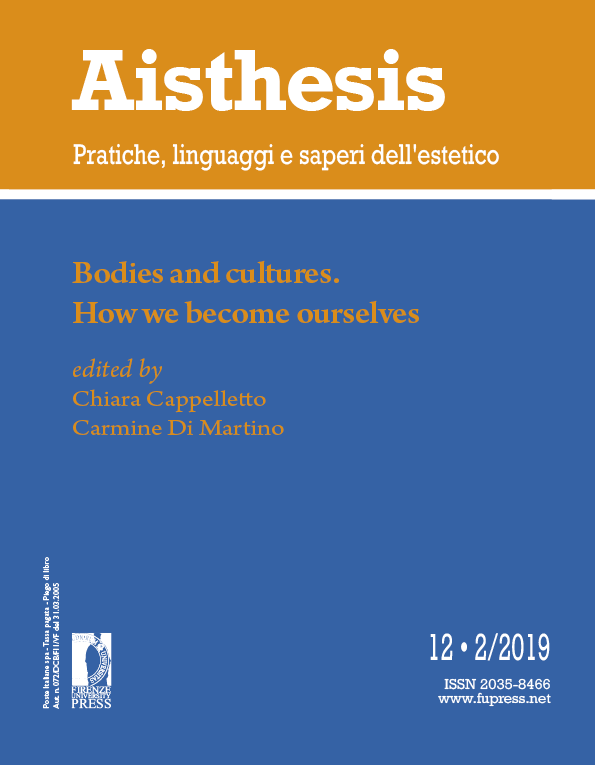Hamlet or Europe and the end of modern Trauerspiel: On some shakespearians motifs in Walter Benjamin
Published 2019-11-13
Keywords
- Walter Benjamin, Shakespeare, Hamlet, Trauerspiel (End of), Melancholy, Carl Schmitt, Pavel Florenskij, Paul Valéry, Franz Rosenzweig, Th. Adorno
How to Cite
Abstract
Hamlet’s character sets, under different shapes and extents, the benchmark against which a large part of the European philosophy of the very long «short twentieth-century» behind us has had to measure. In the name of Hamlet as the most enigmatic among Shakespeare’s creatures, even Europe, its spirit and destiny, is identified, according to the well-known claim by Paul Valery.
Common trait to a big part of these interpretations – from the juvenile works of Pavel Florenskij and Lev S. Vygotskij (respectively written in 1905 and 1915) to Carl Schmitt’s Hamlet oder Ekuba. Der Einbruch der Zeit in das Spiel (1956) – is offered by the detection, in Hamlet’s figure, of the contradiction inherent to an epochal transition: the time of an unresolved passage between two ages that only knows the endless pain of an “interim”. My paper concerns the possibility to interpret Hamlet’s time as the time of an “interim” in light of Benjamin’s claims about Shakespeare’s drama contained in his book on the German Trauerspiel.
While Florenskij interprets Hamlet’s time as tragic and the figure of Hamlet as a tragic one, in my essay - moving from some observations on the " Hamlet Problem " by the young Franz Rosenzweig - I consider the original Benjaminian thesis about the character and the drama of Hamlet as the end of the modern Trauerspiel. Starting from a statement by Theodor Adorno in the famed Hornberger Brief to Benjamin of August 2, 1935, I outline, therefore, how Benjamin characterizes the figure of Hamlet. This, from his early writings on the relationship between tragedy and Trauerspiel up to the great book on the Origin of the German Trauerspiel.
In the frame of Benjamin’s interpretation, exactly by virtue of its distance from the thesis on the duality of tragedy (evoked by Florenskij’s interpretation as well as other ones), the Shakespearian theatrum of consciousness, paradigmatically represented in the figure of Hamlet and in the intimately dialectic character of his drama, is accounted for as necessary correlate of the Cartesian’s theatrum of consciousness. From a theoretical point of view, the Benjaminian characterization of Hamlet's figure reveals, therefore, something of the nature of modern consciousness and of consciousness in general in relation to the problem of truth and its representation. Hence the end of modern Trauerspiel coincides with the original incompleteness of its time. Consequently, I also claim Hamlet's dramatic figure to represent the aporetic characters of modern politics. This contrasts the thesis of Carl Schmitt who (in direct controversy with Benjamin) speaks, instead, of the Shakespearean drama as an expression of a pre-modern barbaric time.



